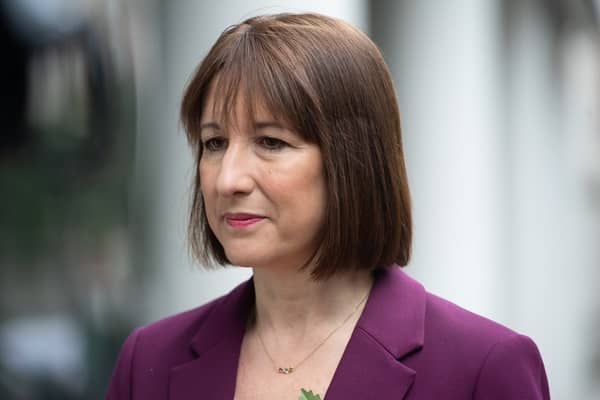Bussiness
Government borrowing hits second highest since records began – London Business News | Londonlovesbusiness.com

Official figures shows that government borrowing is higher than forecast amid soaring debt interest.
Lat month borrowing hit £17.4 billion which is the second highest October number since records started according to the Office for National Statistics (ONS).
The ONS said public sector net borrowing was higher than the same month in 2023 at £1.6 billion and economists said these figures shows how the Chancellor Rachel Reeves has “little wiggle room” in the UK’s finances.
For October economists did predict that borrowing would have been £13.3 billion and the numbers shows government’s debt interest hit £9.1 billion last month, this is the highest number on record.
ONS deputy director for public sector finances, Jessica Barnaby, said: “This month’s borrowing was the second highest October figure since monthly records began in January 1993.
“Despite the cut in the main rates of national insurance earlier in 2024, total receipts rose on last year.
“However, with spending on public services, benefits and debt interest costs all up on last year, expenditure rose faster than revenue overall.”
Last month overall spending was a whopping £88.5 billion, this is £3.9 billion higher of the same month the previous year.
Chief Secretary to the Treasury Darren Jones said: “This Government will never play fast and loose with the public finances.
“Our new robust fiscal rules will deliver stability by getting debt down while prioritising investment to deliver growth.”
Alex Kerr, UK economist at Capital Economics, said: “Overall, October’s borrowing figures underline the little wiggle room the Chancellor has to significantly increase day-to-day spending.
“Despite raising day-to-day spending significantly this year and next, spending is set to rise by just 1.3% in real terms on average between 2026-27 and 2029-30.
“And given that the Chancellor only had £9.9 billion of fiscal headroom against her fiscal mandate left over after October’s Budget, this suggests that if she does want to increase day-to-day spending further, taxes will probably need to rise too.”










